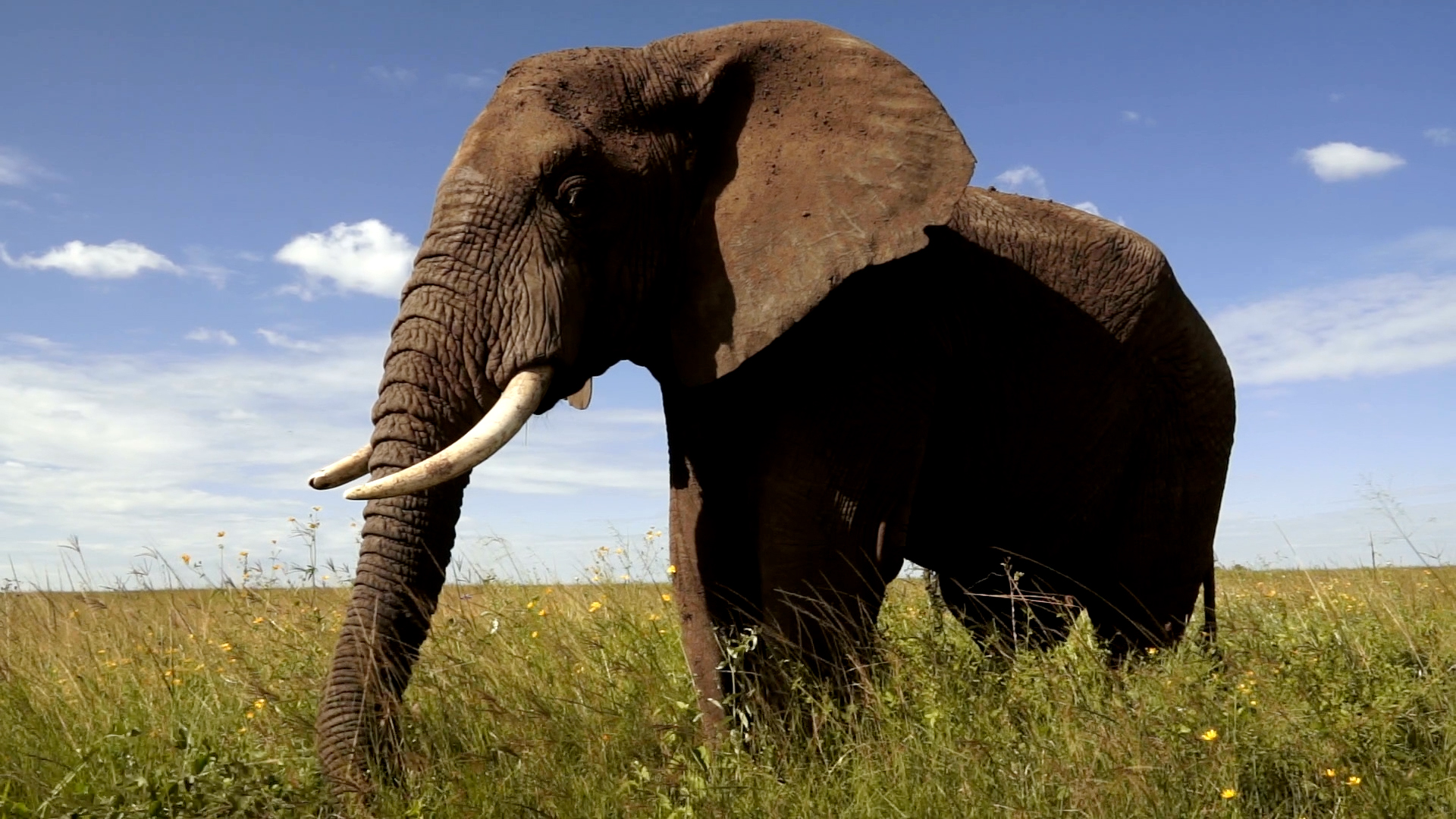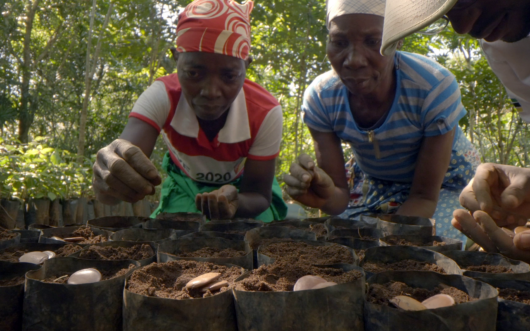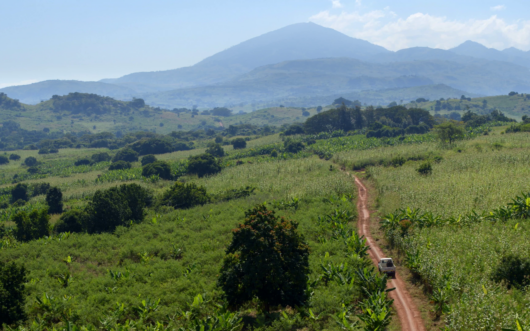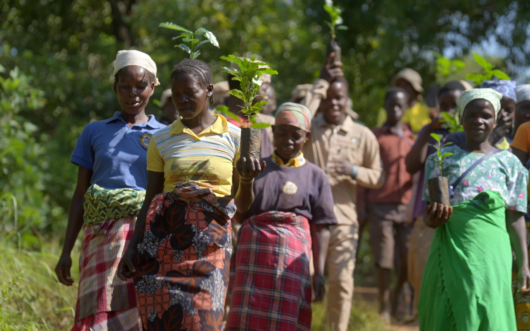Researchers are trumpeting a welcome piece of news for African elephants. In the last 25 years, populations in southern Africa have reversed their declines, and even started to grow, according to a new study in Science Advances. These stable populations, found from Tanzania to South Africa, provide evidence that conservation efforts are paying off in the region.
“For decades, news from southern Africa was dominated by waves of poaching and other threats,” Robert Guldemond, an ecologist at the University of Pretoria, told The Guardian. “But there’s been a lot of good work done that has basically turned the tide and that story has never really been told.”
To figure out how protected areas have affected elephant populations, scientists looked at hundreds of population surveys from 103 protected areas between 1995 and 2020. They found that, overall, elephant numbers are no longer declining, but instead increasing at 0.16% per year. The most stable increases have occurred in large, well-connected protected areas, like the Limpopo region where the borders of South Africa, Zimbabwe, and Mozambique meet. To keep helping these populations, researchers recommended strengthening wildlife corridors between protected habitats.



